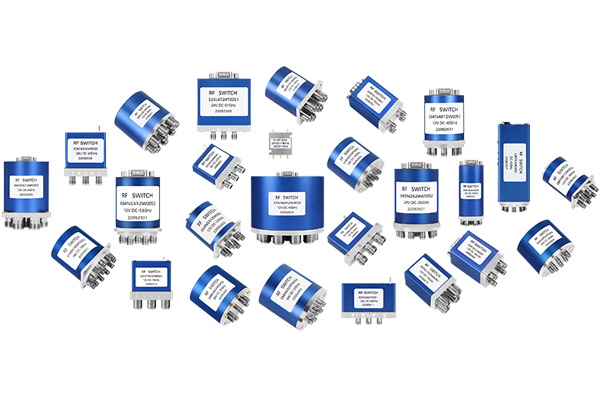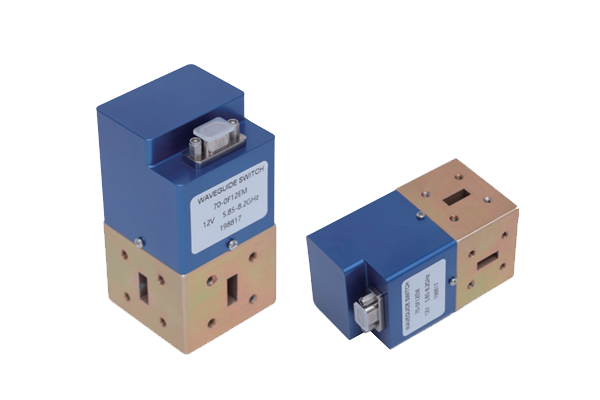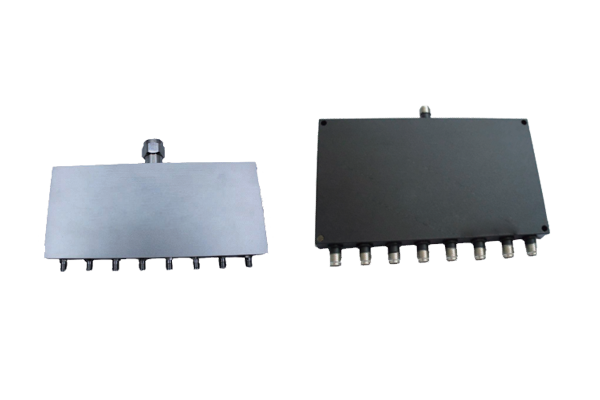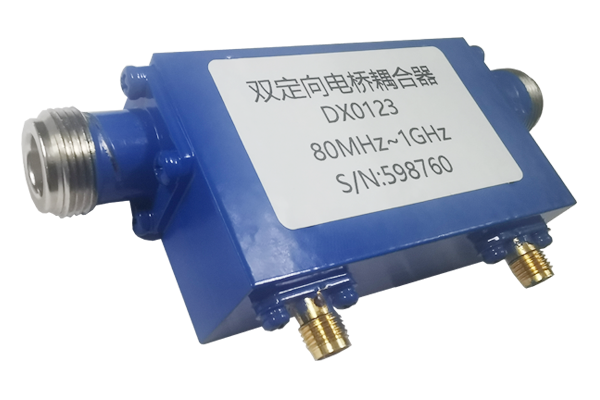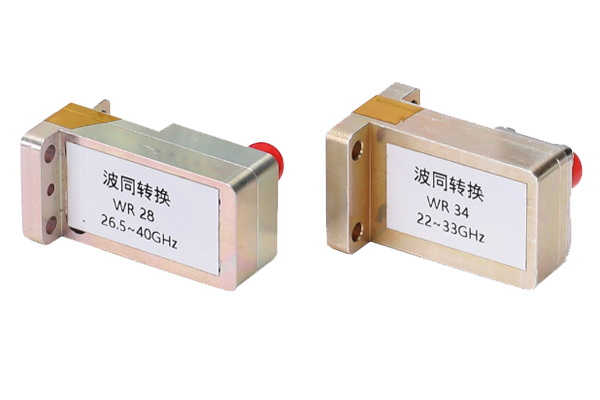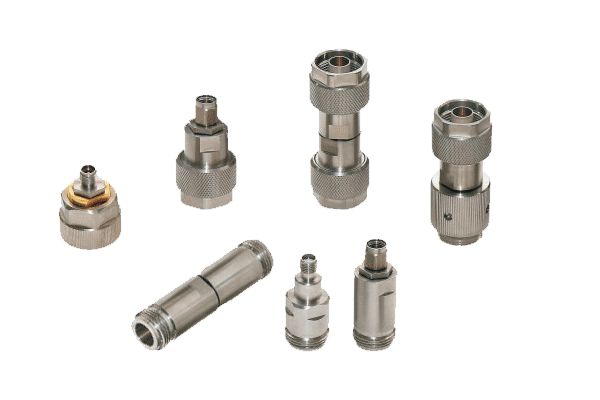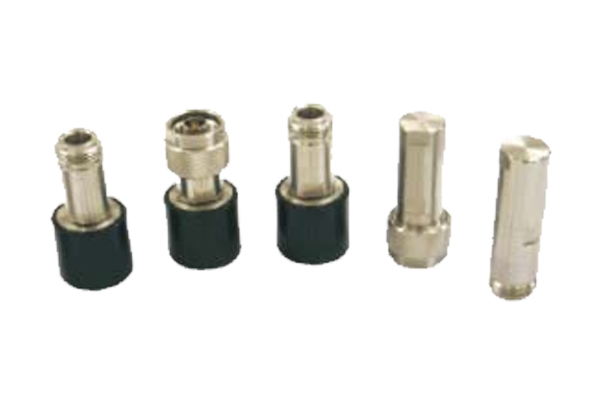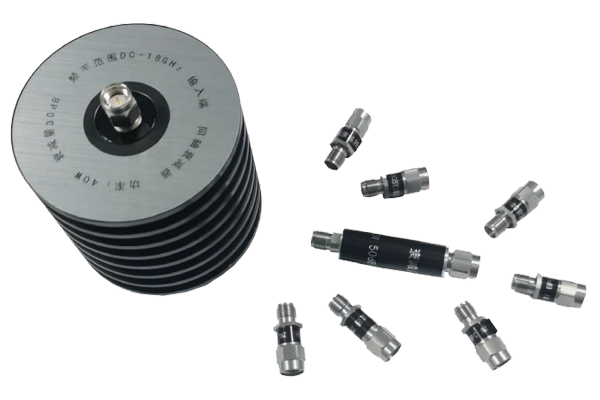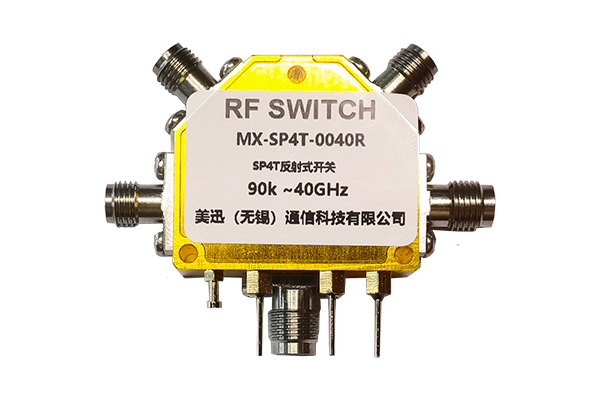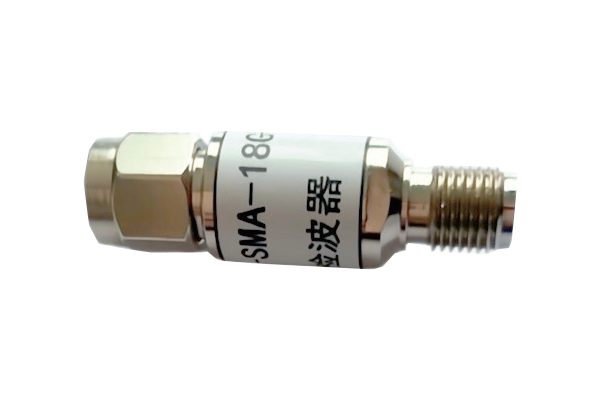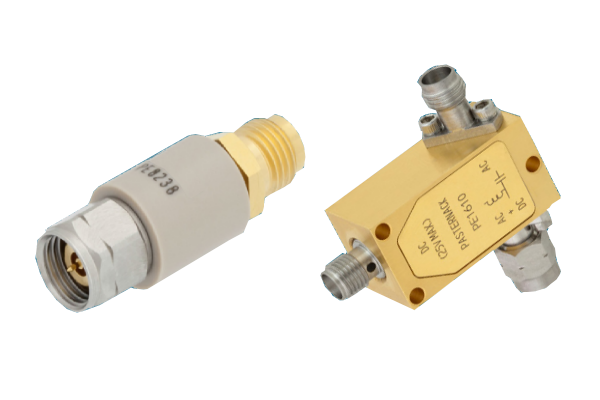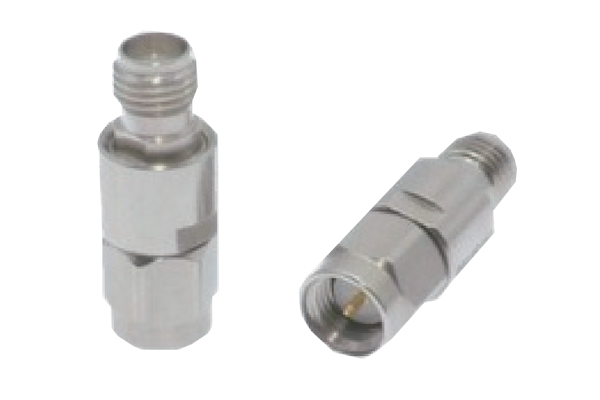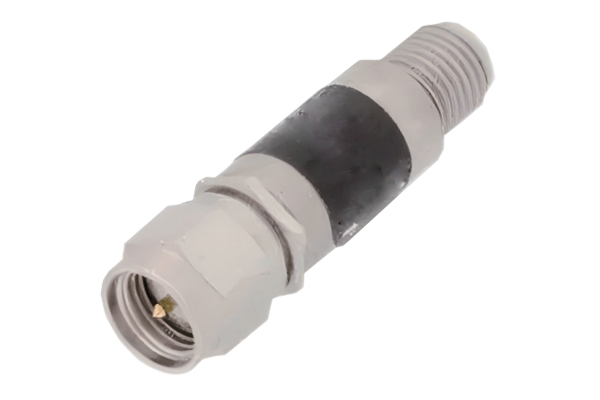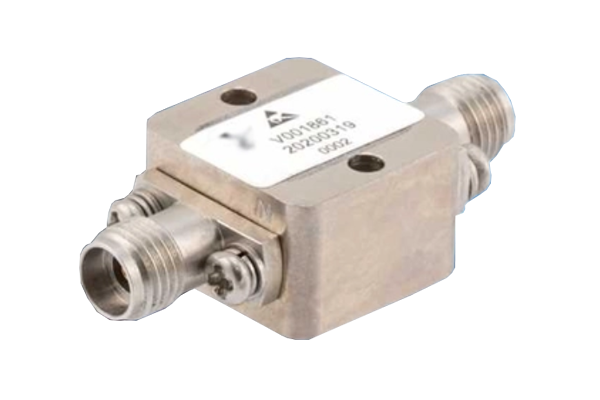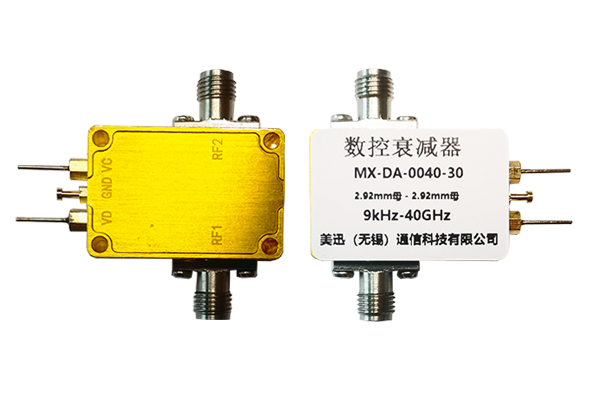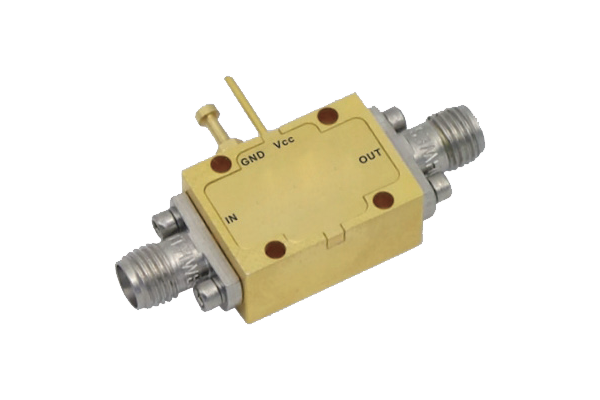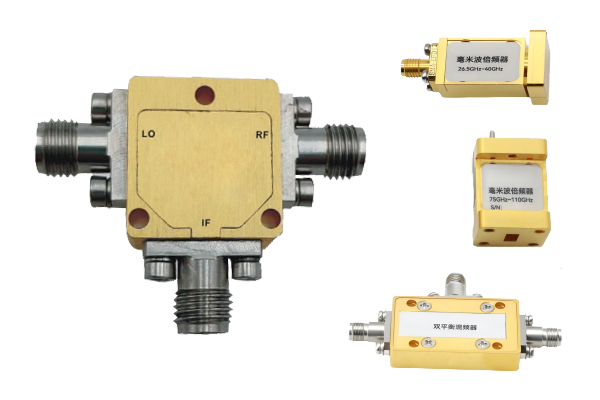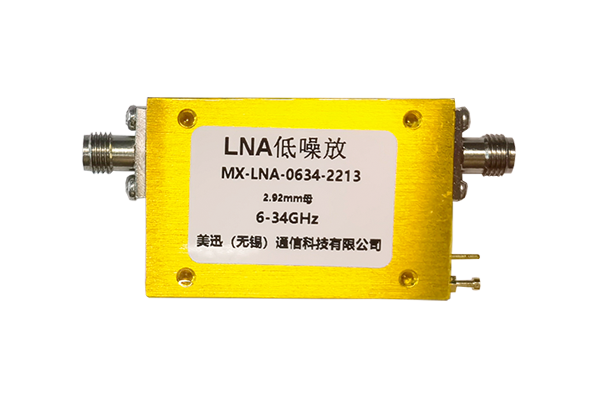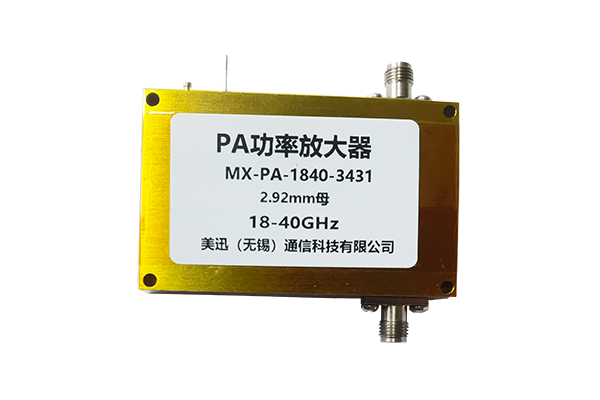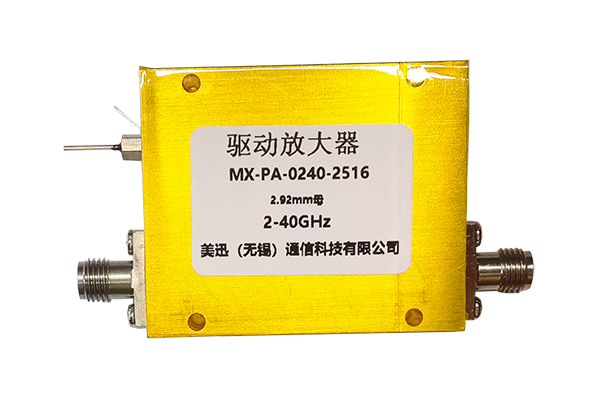How to Effectively Test the Power Capacity of an RF Power Divider
RF Power Divider Power Capacity Testing
-
1. Pre-Test Preparation
Establish an interference-free test environment and verify all equipment (signal source, power meter, cooling systems) are operational. Review the RF power divider's specifications to understand its designed power range and set appropriate test parameters. Ensure the test area is free from strong electromagnetic interference that could affect measurement accuracy.
-
2. Gradual Power Ramp Testing
Connect the signal source to the divider's input and outputs to matched loads with power meters. Begin with low input power, gradually increasing while pausing at each level. Monitor output power distribution across ports for uniformity and stability, ensuring no abnormal fluctuations occur during power transitions.
-
3. Real-Time Performance Monitoring
Continuously track the divider's temperature using thermal measurement tools during testing. Pause if abnormal temperature rises occur. Monitor signal integrity with oscilloscopes (for waveform distortion) and spectrum analyzers (for spurious signals) to assess stability at each power level.
-
4. Post-Test Inspection
At near-limit power levels, examine for physical damage (housing deformation, connector discoloration). After testing, return to initial power and retest key parameters (distribution accuracy, insertion loss). Compare with baseline measurements - significant deviations indicate potential damage during testing.
-
5. Capacity Determination
Conduct multiple test cycles at varying power levels, recording operational stability duration and performance metrics. Analyze temperature tolerance, signal integrity, and physical condition to determine the maximum sustainable operating power. Never apply full power immediately - always ramp gradually to prevent instantaneous device failure.



